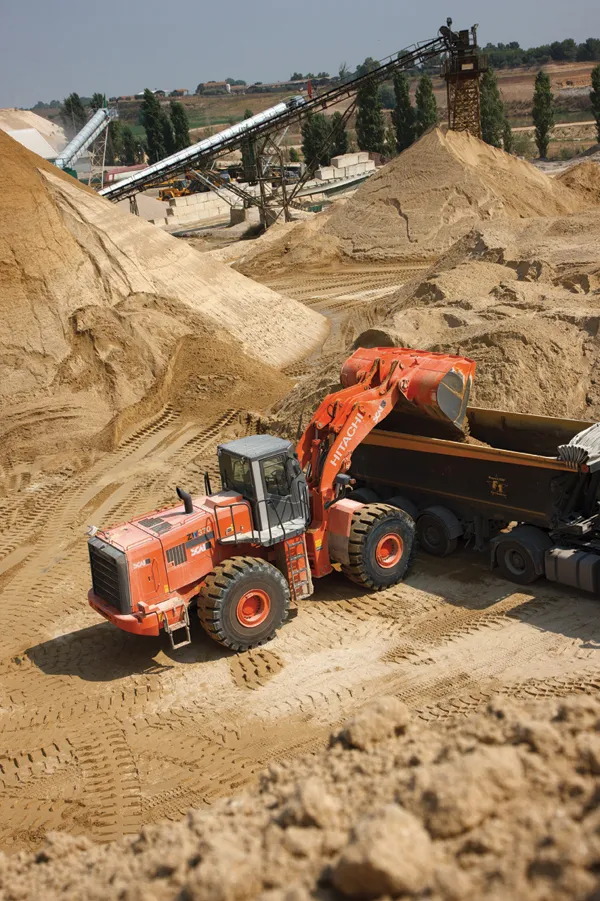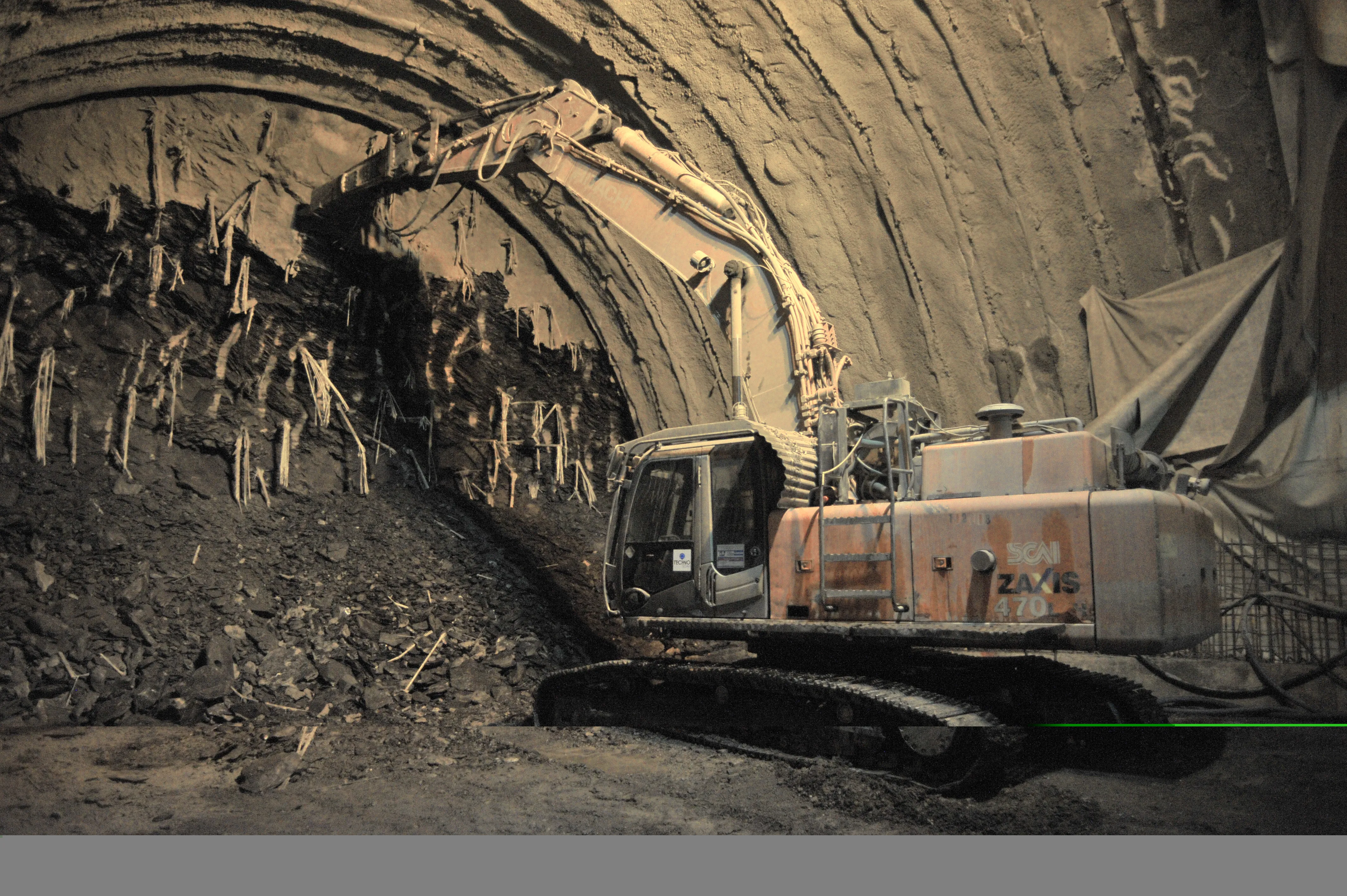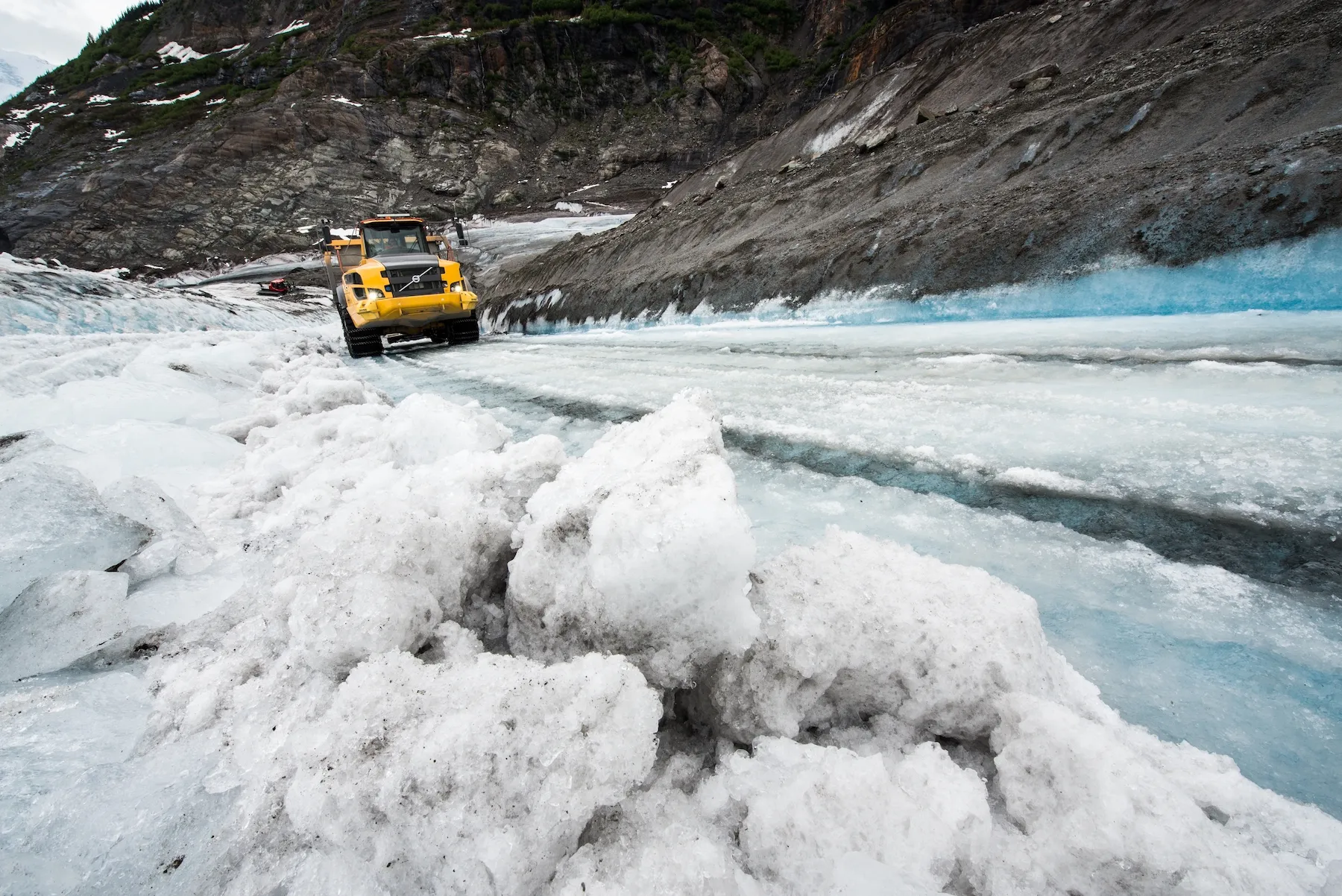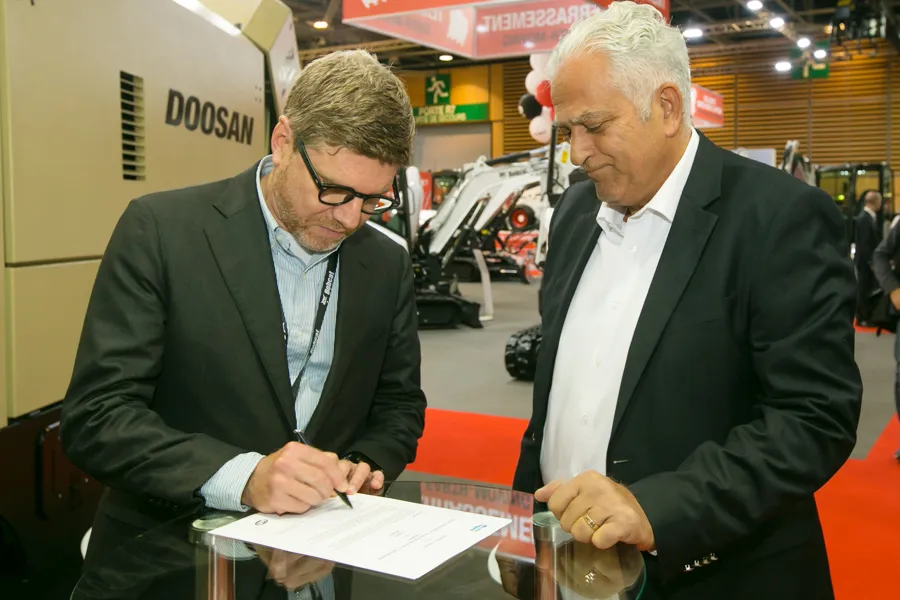A powerful Hitachi excavator is being used to maximise efficiency and simplify the extraction process at a Polish limestone quarry. The operation is owned by Cementownia Warta and since it purchased its EX1200-6, annual production in the Dzialoszyn limestone quarry has risen to 2.5 million tonnes.
February 20, 2012
Read time: 2 mins

A powerful 233 Hitachi excavator is being used to maximise efficiency and simplify the extraction process at a Polish limestone quarry. The operation is owned by Cementownia Warta and since it purchased its EX1200-6, annual production in the Dzialoszyn limestone quarry has risen to 2.5 million tonnes. The 200ha quarry is one of the largest in Poland and needed to boost limestone production rates in order to meet production targets of 3,000tonnes of cement/day. Employing the Hitachi equipment helped make this possible. Before the EX1200-6 arrived, the firm was blasting once/day and using smaller electric excavators to load material into its dump truck fleet. However, the larger EX1200-6 is able to extract material without the need for blasting in every instance and this is also better for the local environment as it features underground water.
Meanwhile Italy's Hitachi dealer in Italy, SCAI, has delivered the first batch of new large wheel loaders to customers in the quarrying industry. The ZW330, ZW370 and ZW550 models are the result of an alliance between Hitachi Construction Machinery (HCM),2832 Kawasaki Heavy Industries and 2833 TCM Corporation.
The first ZW550 was supplied by the dealer's Massa Carrara branch to FB Cave, a subsidiary of Furrer, which operates a mountain-top marble quarry in Betogli, near Carrara.
The ZW550 is used in all parts of the extraction process. It removes small rocks placed beneath large blocks of marble that are extracted by a Hitachi EX800H excavator. It can also be used with a fork attachment to transport the blocks around the site and load trucks for transporting the high-quality marble to Furrer's factory in nearby Avenza.
Meanwhile Italy's Hitachi dealer in Italy, SCAI, has delivered the first batch of new large wheel loaders to customers in the quarrying industry. The ZW330, ZW370 and ZW550 models are the result of an alliance between Hitachi Construction Machinery (HCM),
The first ZW550 was supplied by the dealer's Massa Carrara branch to FB Cave, a subsidiary of Furrer, which operates a mountain-top marble quarry in Betogli, near Carrara.
The ZW550 is used in all parts of the extraction process. It removes small rocks placed beneath large blocks of marble that are extracted by a Hitachi EX800H excavator. It can also be used with a fork attachment to transport the blocks around the site and load trucks for transporting the high-quality marble to Furrer's factory in nearby Avenza.









